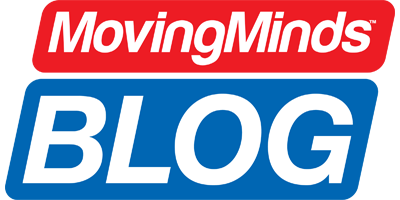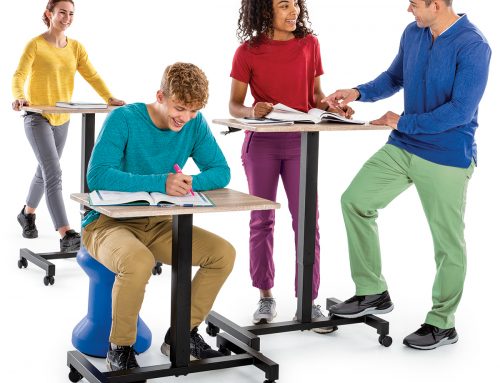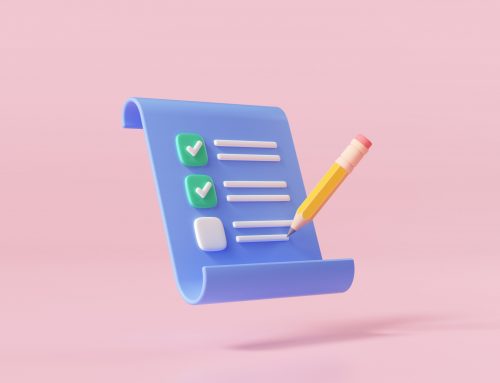“My students don’t need me to learn. They need me to care.”
–Liz Galarza
As the school year begins for many students across the country, a couple of quotes stand out:
- “No significant learning can occur without a significant relationship.” – James Comer
- “Teachers who put relationships first don’t just have students for one year; they have students who view them as ‘their’ teacher for life.” – Justin Tarte
Teacher Student Relationships. What a powerful phrase with long-term implications. As you start your new year, know that even though the higher ups may evaluate you based on your students’ academic achievement/test scores, your students will judge you by the way you make them feel.

Looking back, I can’t remember ever thinking that my favorite teachers were my favorites because of what they taught me. They were my favorites because of how they taught me and how they treated me.
Having said that, starting off the school year with cooperative activities is an excellent way to have students learn about each other and teach them how to work well together and for each other. Below are a few movement breaks that allow students not only to get their wiggles out, but also to share about themselves and discover new things about their peers.
1. Commonalities*
Have students gather in groups of 2, 3, or 4. Give them about 30 seconds to think about two things they all have in common. You can provide a few categories such as appearance, family, favorite activities, and birthdays. Take some time to allow them to share. Eventually, create larger groups until you have the entire class together as one large group to determine some things they all have in common.
2. This or That
Ask all students to stand. Read a variety of options and have the students identify if they prefer “this” or “that” by moving to one side of the room for “this” and to the other side of the room for “that.” This allows students to see what they have in common with others in the room. Options include, but are not limited to math/reading, recess/lunch, music/art, fruits/vegetables, sing/listen, and sweet/sour.
3. Catch and Share
Students stand in their personal space. Using a beach ball or large dice, one person starts by tossing the object to another student. Wherever his or her right thumb lands, the student answers the question written on the board that corresponds with that particular color or number. Options may include: 1 = favorite food; 2 = favorite sport; 3 = pets I have or wish I had; 4 = favorite holiday; 5 = I am good at…; 6 = favorite character. Students may pass on answering the question if they feel uncomfortable sharing. The game continues with that student tossing it to another student. Another option is to use a Clever Catch Activity Ball which has options such as exercises, food/nutrition, math, science, and ice breaker activities.
As students engage in these activities, take time to highlight students’ positives and add some information about yourself as well. They love to hear about you. It creates a bond and shows your human side. Other tidbit: Offer students a hug or high five or handshake as they enter your room each day. Sometimes this is the only hug or touch they receive from an adult all day. You are their light! Creating positive teacher student relationships is crucial. Thank YOU for caring about kids.
*also referred to as How are We Alike? from Pangrazi, R. P., & Beighle, A. (2016). Dynamic physical education for elementary school children. San Francisco, CA: Pearson Benjamin Cummings.
Heather is a Professor in the Department of Kinesiology and Health Promotion at the University of Kentucky. She is a former physical education teacher, and co-author of Dynamic Physical Education for Secondary School Children, 8ed. Heather was also the recipient of the NASPE Curriculum and Instruction Young Scholar Award and a AAHPERD Research Consortium Fellow.





Leave A Comment